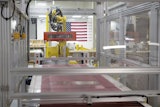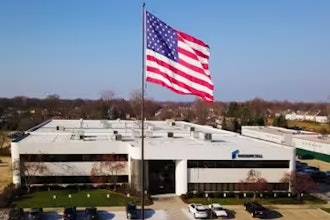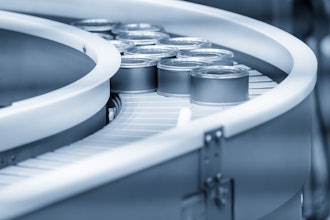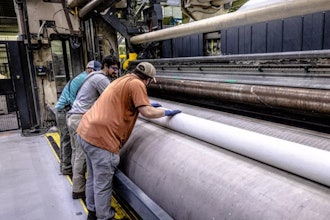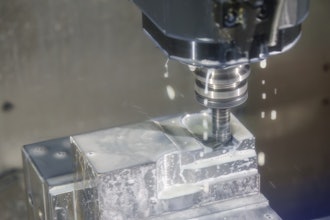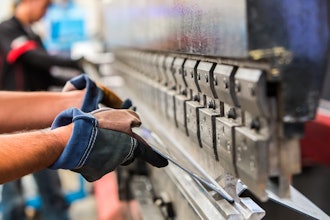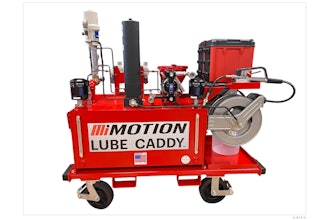This article originally ran in the June 2013 issue of Food Manufacturing.
Interview with Ron Puvak, Director of Business Development and Marketing, Plastic Technologies, Inc.
Food manufacturers seeking sustainable packaging options often face a tough challenge: finding an eco-friendly solution that does not negatively impact shelf life. Ron Puvak of Plastic Technologies, Inc. (PTI) spoke with Food Manufacturing about how manufacturers can find sustainable packaging solutions, without compromising shelf life.
Q: What are some of the latest packaging trends you have seen recently, especially when it comes to food and beverage products?
A: It is all about me. We are becoming a society that expects customization down to the individual level. From the coffee we make at home to the liquid water enhancers, we all want it our way. Packaging needs to be nimble and fast to respond to these changing needs.
We also see the continued need for improved functionality — easy to-open, feels good in the hand (not too lightweight) and clearly identifies the brand. Unique shapes, colors and designs are important package attributes due to limited shelf space allocated to new products.
On the materials side, we are seeing more packages made from renewable resources, including biopolymers. Additionally, packaging is being used to help position new nutritional-based refreshment product categories.
Q: Sustainability and environmental concerns are still top-of-mind for many manufacturers. What challenges do food processors face when trying to select eco-friendly packaging?
A: Impact to the recycling stream is an important issue. In the United States, we have established respectable return/recovery rates for most of the major packaging materials. We can and will improve these rates, but we cannot introduce new materials into this stream without being cautious. New materials must integrate into these established recovery or reuse streams. If that isn’t possible, manufacturers then have to setup their own recovery processes. That is a pretty big challenge. As an example, much of the biopolymer development is being directed to finding solutions which enable current recycling stream compatibility.
To continue reading the full article, click here to visit our partner publication, Food Manufacturing.
